Resources Listing Page VAW Page
Resources Listing Page VAW Page
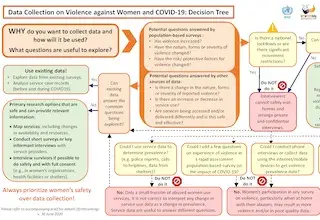
01 July 2020
Resource
Decision tree: Data Collection on Violence against Women and COVID-19
This decision tree helps organisations with gender-based violence programmes, national statistical offices, policymakers and researchers decide when and how to best collect data on women's experiences of violence and their access and use of relevant services during the COVID-19 pandemic. Restrictions of movement mean women who experience violence are likely trapped at home with their abusers. Interviews with women who may be experiencing violence must be conducted in private to ensure both the quality of the data and the safety of the survey respondent, so it is extremely difficult to collect ethical and reliable data using population-based surveys during this period when men are home due to lockdowns or lost work, etc. This decision tree guides data collectors through the various considerations, viable options and alternative data sources for obtaining information without jeopardising participants' safety or the data's integrity. In doing so, it aims to identify data sources and methodologies that are useful for strengthening services and referral pathways for women experiencing violence during COVID-19.
Read story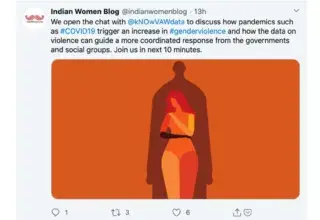
27 April 2020
Resource
Indian Women Blog Twitter Chat
On 27 April, 2020, kNOwVAWdata was interviewed in a Twitter chat by Indian Women Blog. We discussed how pandemics such as COVID-19 trigger an increase in gender-based violence, and how data on this violence can guide a more coordinated response from governments and social groups.
Read story
01 October 2019
Fact Sheet
kNOwVAWdata course: call for sponsors
Sponsors have a unique opportunity to contribute to the collection of life-saving data on the prevalence of violence against women in countries throughout Asia and the Pacific. This flier provides more information about why and how to sponsor participants' tuition to the kNOwVAWdata Course on the Measurement of Violence against Women.
Read story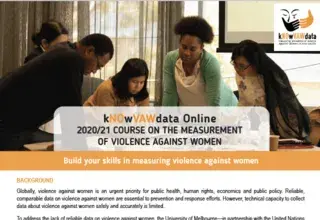
13 October 2020
Fact Sheet
kNOwVAWdata Online 2020/21 Course on the Measurement of Violence against Women flyer
This flyer provides details about the kNOwVAWdata Online Course on the Measurement of Violence against Women, offered in partnership with the University of Melbourne, Australia’s National Research Organisation for Women’s Safety (ANROWS), the Australian Department of Foreign Affairs and Trade (DFAT), and UNFPA Asia and the Pacific Regional Office.
Read story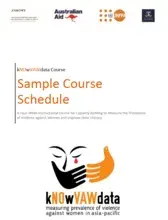
04 November 2019
Technical Reports and Document
Sample curriculum: kNOwVAWdata Course on the Measurement of Violence against Women
This is a sample curriculum for a 4-Week instructional course for capacity building to measure the prevalence of violence against women and improve data literacy.
Read story
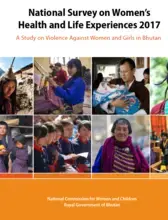
01 October 2017
Resource
National Survey on Women’s Health and Life Experiences 2017 in Bhutan
This study provides both quantitative and qualitative baseline data and information on the prevalence and incidence of different forms of VAW/G in Bhutan, women’s health and life experiences associated with the intimate partner violence and services for the victims of VAW/G in dealing with partner violence. The findings will serve as the foundation for understanding and integrating sensitivity and responsive interventions to enhance the protection and promotion of rights of women and girls in the country. They will inform the policies and plans to tackle VAW/G and be used for coordination and collaboration among stakeholders working on VAW/G, capacity building, advocacy and sensitisation.
Read story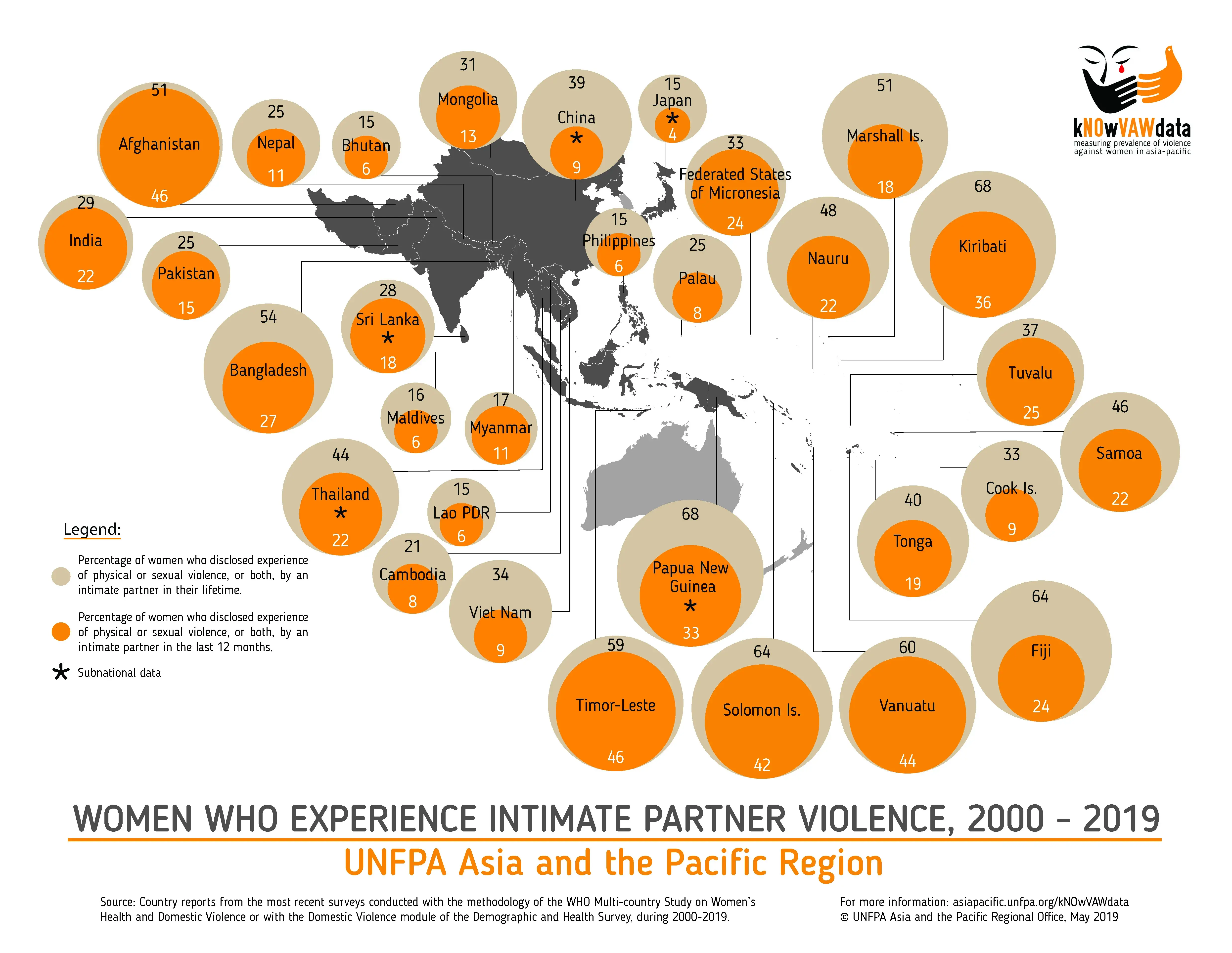
01 May 2019
Fact Sheet
Violence Against Women - Regional Snapshot (2019) - kNOwVAWdata
2019 Asia-Pacific snapshot on the prevalence of violence against women
Read story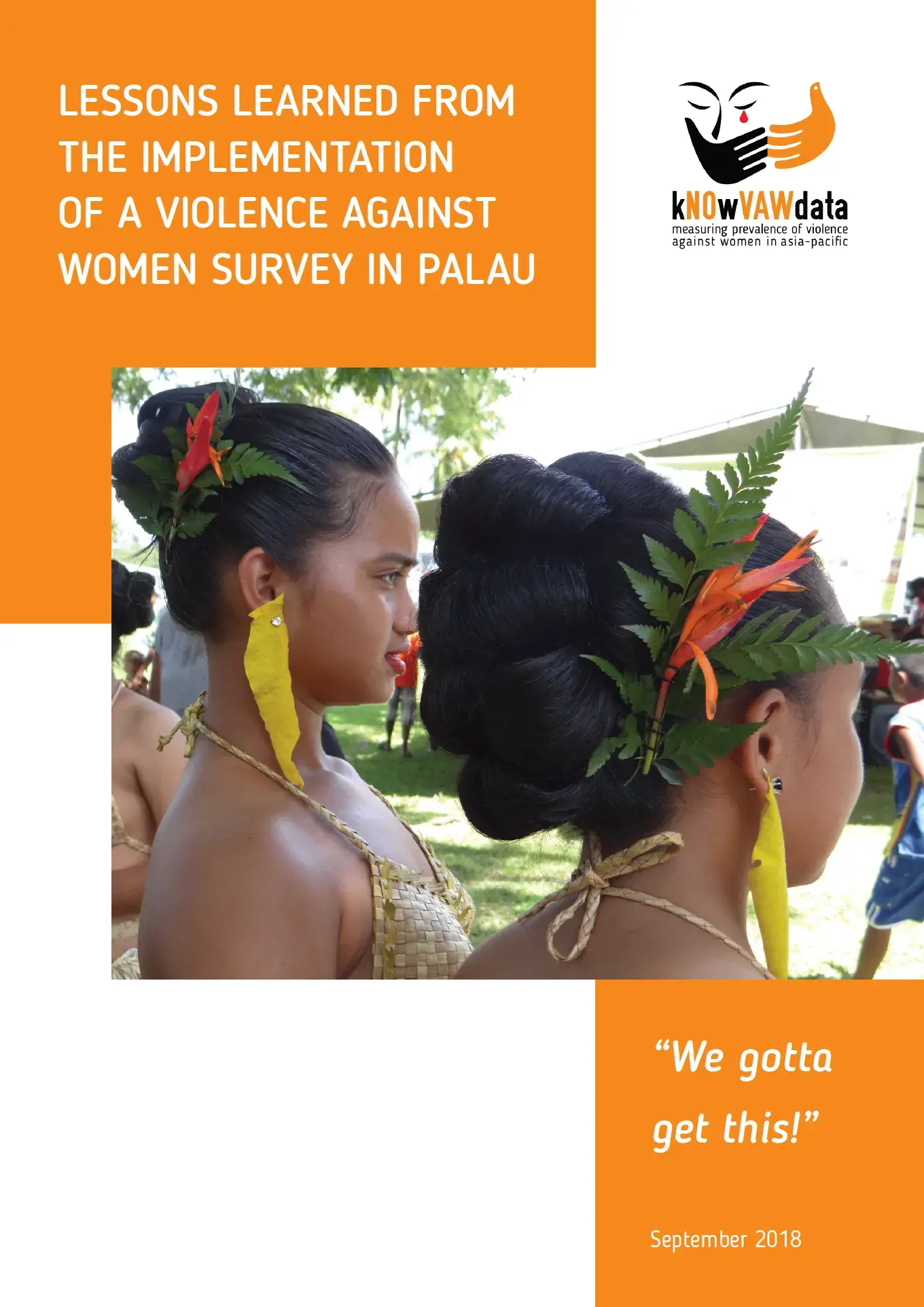
01 September 2018
Publication
Lessons learned from the implementation of a violence against women survey in Palau: "We gotta get this!"
This ‘lessons learned’ document was developed by the kNOwVAWdata initiative under the leadership of Dr Henriette Jansen, UNFPA technical advisor. Through the use of real life ‘lessons’, the document intends to inform and inspire donors, planners, organisers and coordinators of violence against women prevalence studies around the world on how to overcome practical and ethical challenges they may encounter when implementing such a study.
Read story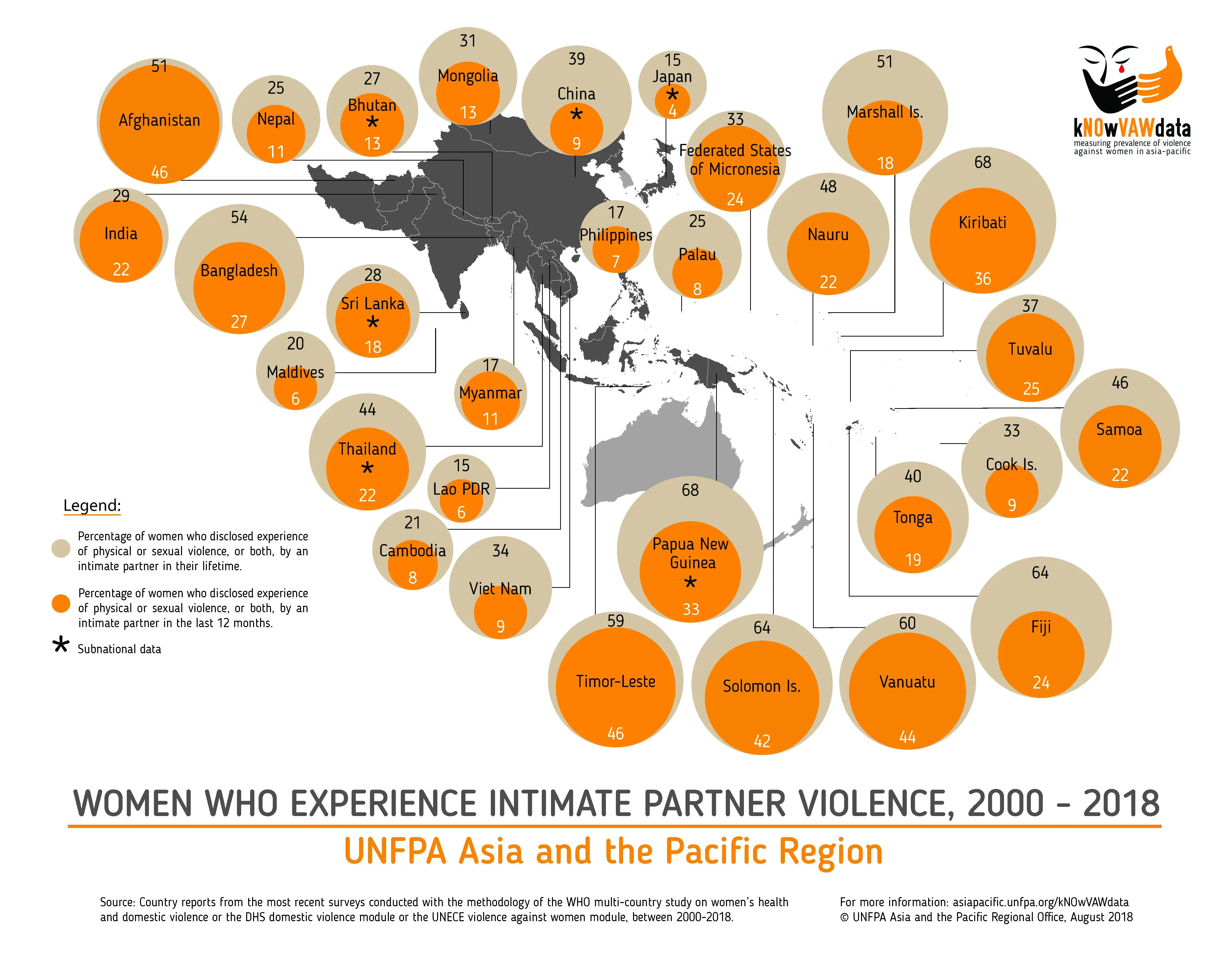
31 August 2018
Publications
Violence Against Women - Regional Snapshot (2018) - kNOwVAWdata
2018 Asia-Pacific snapshot on the prevalence of violence against women
Read story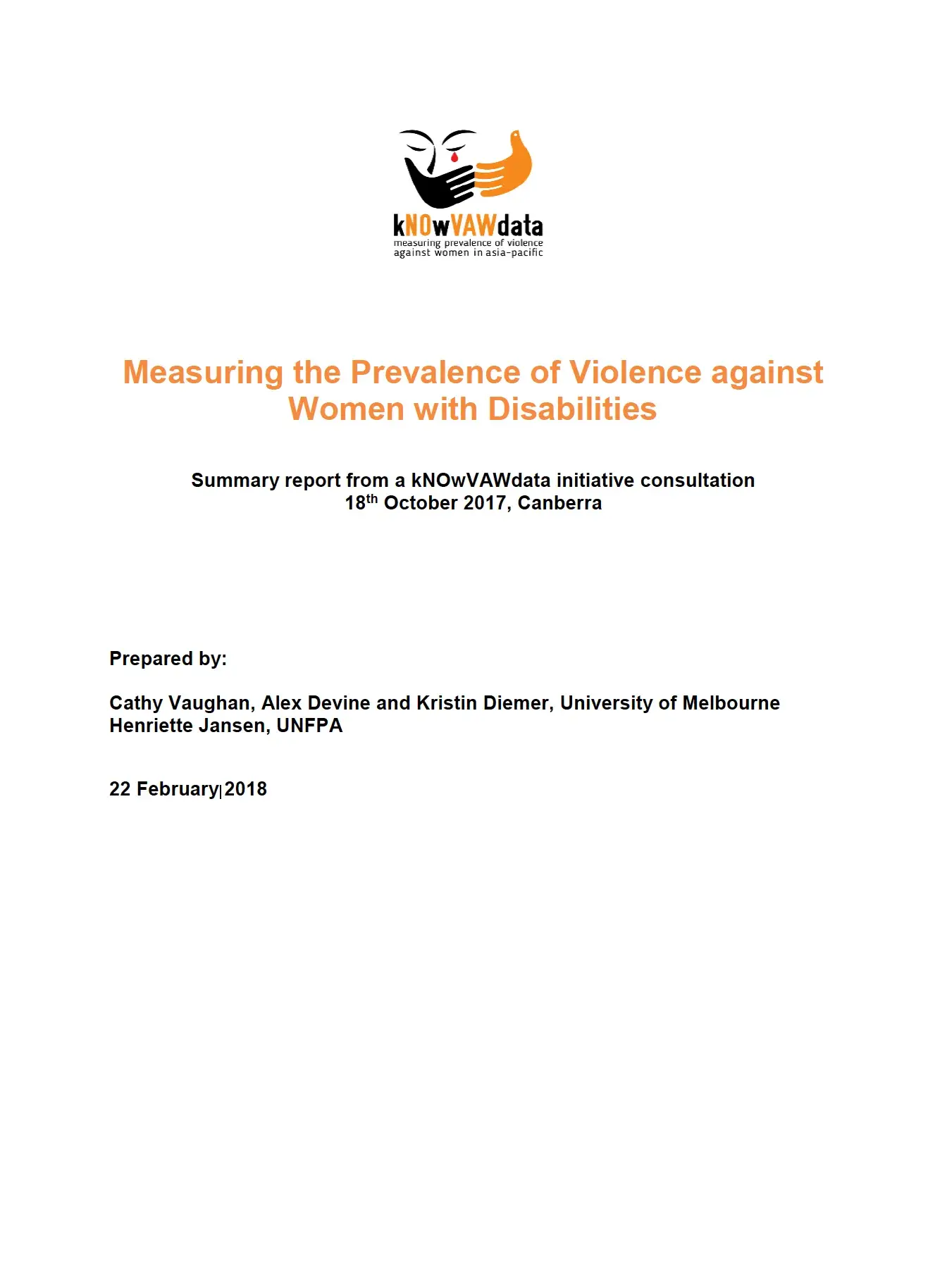
22 February 2018
Publication
Measuring the Prevalence of Violence against Women with Disabilities
kNOwVAWdata, DFAT and UNFPA, together with the University of Melbourne, brought together national, regional and global experts to discuss what approaches should be taken to ensure that women with disabilities are better represented in national prevalence studies on violence against women. This is an important part of disability rights and leaving no one behind.
Read story